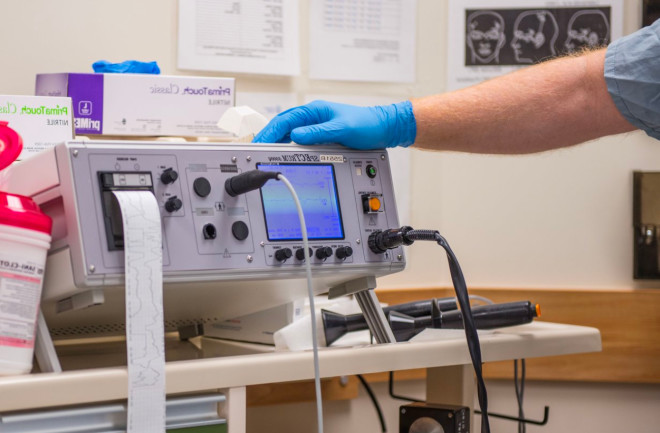You might know it as electroshock therapy, and you might have learned about it from movies like One Flew Over the Cuckoo’s Nest. It’s sometimes shown as a punishment, or a means of control — right up there with the lobotomy as a medical practice best left in the unenlightened past.
Electroconvulsive therapy, or ECT, has been around for nearly a century. Raheem Suleman, a psychiatrist at the University of Alberta Hospital, recalls first learning about the therapy in medical school; at the time, he too was skeptical of it, due to its age as well as its poor reputation in literature and film.
“It kind of boggled me that a technique invented in the 1930s was still in many ways a gold-standard treatment for psychiatry, and I wasn’t sure how much I bought into that,” he says.
But while ECT can be thoroughly unpleasant to undergo (and not necessarily for the reasons you see in movies), for thousands of people every year it’s a means of treating diseases and conditions that can’t be managed any other way.







